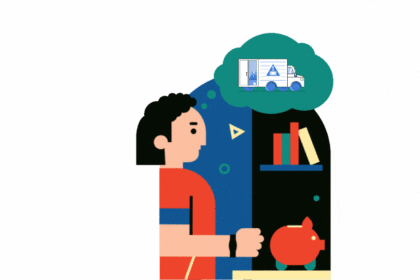There is always room for improvement. You might have annual reports saying you are on top of your game. But that doesn’t mean that every customer of yours is happy. You are an entrepreneur and you need no advice on getting customer feedback. Every organization has volumes of feedback from its customers; the good, the bad and the ugly. But the real question is, how you use the feedback that you have collected.
Look at the individual customer. Look at the big picture.
When you look into customer feedback and think of resolving the issue that’s causing any grievance, think of:
(a) What is causing the hassle?
(b) How can it be resolved?
© What is the impact of the executed solution?
More importantly, understand what customers generally like and dislike about your service. This would give you an insight on developing/improvising your service in the future.
Pretend to be the customer for a while.
When you get some feedback, try walking in the customer’s shoes. Let us say that a customer says your website is not user friendly. Try to unlearn your knowledge of the site and login to your site with a new customer ID. What are the issues that crop up? Make a note of it.
Don’t change something unless it satisfies a majority of your customers.
When one customer says the store has poor lighting, it’s a different. When a dozen customers say the same, it requires immediate action. Have a sample size and make changes when a critical mass of customers is in consensus that it is indeed a problem.
Make use of analytical tools.
Make use of Google Analytics and such analytical tools. These help you see how people navigate within your site and afterwards. So, once you act on some feedback, see if the improvisation is a hit with customers.
Ask the same guy to test the new system.
Once you act on a customer’s feedback, ask the same customer for his opinion on the improvised system. If he’s satisfied, that spells success. If not, start again. You strike gold with this step. The customer feels important and involved in your process and you get to test the improvisation on the right audience.
Track the results.
Once the improvisation is carried out, track the results for a long time to come. Does this impact any other part of the system?
Remember, it’s a never ending effort towards perfection.
Once you get the feedback and act on it, do not stop there. Get periodic feedback. Get feedback from the same people. Get feedback from new people. Test. Track the changes. No business is perfect. No business runs with 100 % customer satisfaction, as mentioned in the start of the post. So, strive to get more feedback and resolve them.





